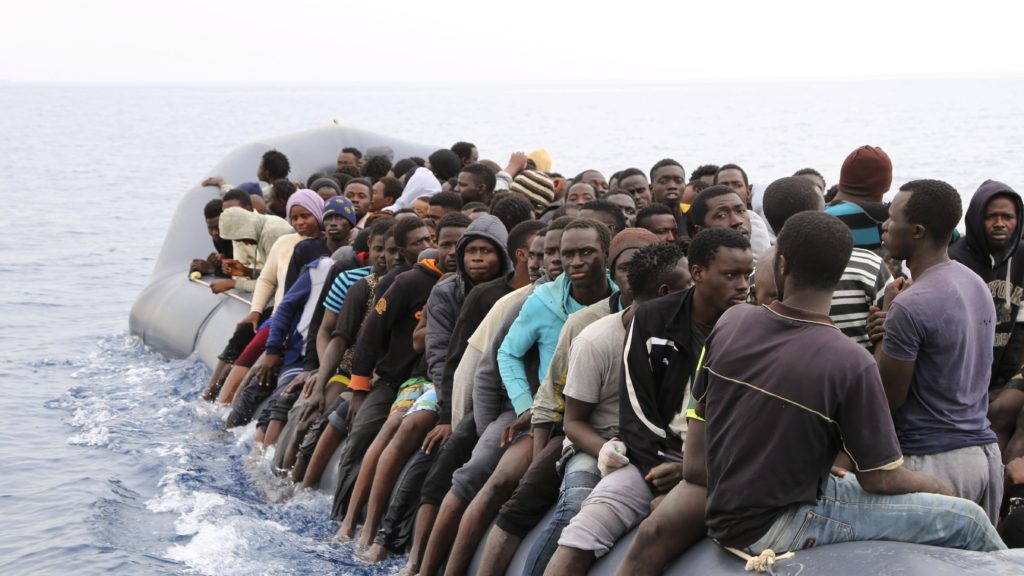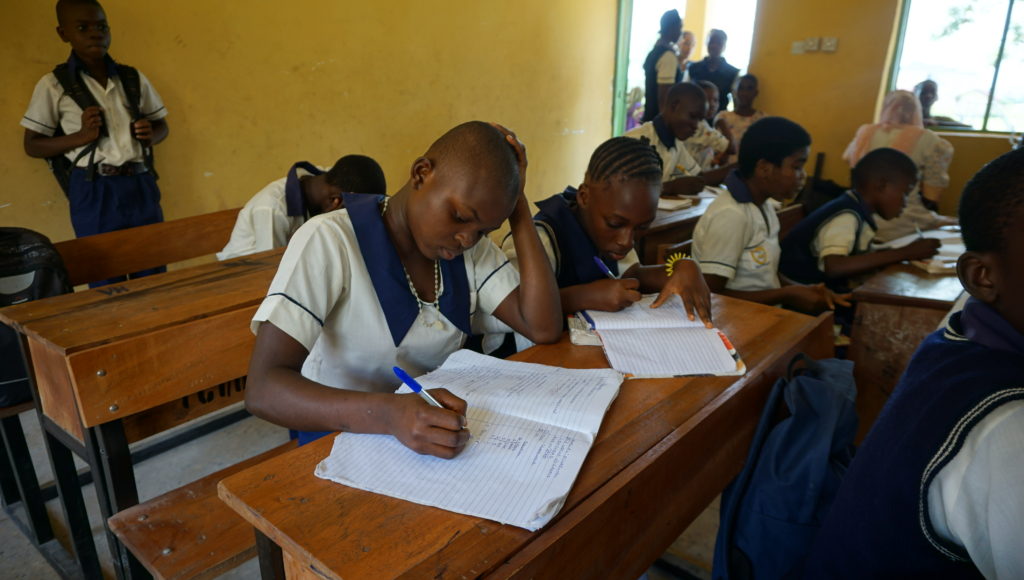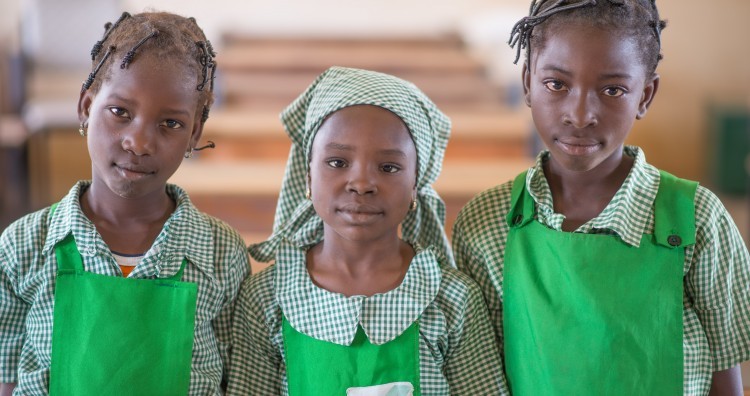Migration and Demography: Shaping Migration Policies for Demographic Dividend in Africa
The 8th African Policy Circle (APC) meeting which was hosted by the Centre for the Study of the Economies of Africa, in collaboration with Konrad Adenauer Stiftung (KAS) and Global Public Policy Institute (GPPi), focused on the theme: “Forced Migration within and out of Africa: Innovative Solutions from African Civil Society and Think-tanks”. The meeting provided a platform for African think tanks and civil society organizations to share knowledge, discuss strategies and develop actionable recommendations for policymakers to meaningfully address the problem of forced migration within and out of Africa. Deliberations were centred around the causes, consequences, local perspectives, and solutions to conflict-induced forced migration. However, while many people are forced to migrate because of conflict and violence, many more, particularly young people, migrate for economic reasons. In light of this, the APC deemed it appropriate to further deepen deliberations and discuss Africa’s economic migration in the 9th APC meeting which will hold on November 29-30, 2018 in Dakar, Senegal. The APC will meet on the central theme “Migration and Demography: Shaping Migration Policies for Demographic Dividend in Africa”.
MOTIVATION FOR AFRICA’S ECONOMIC MIGRATION
Individual motive(s) for economic migration vary, and many ‘economic migrants’ take to the road because of a number of different factors; but the most commonly cited reason for Africa’s economic migration is the ‘search for better economic opportunities and jobs’. There is an increasing realization that a large number of people are leaving Sub-Saharan Africa for economic reasons, they migrate with ideologies that life is easier across the frontier. In 1990, about 40 percent of migrants moved for economic reasons, this share more than doubled to 90 percent in 2013[1]. According to the European Commission, 6 out of 10 of those heading for Europe are not refugees fleeing war or persecution, but economic migrants in search of better lives, many of which are from peaceful countries in North Africa. Underlying these and many more statistics are baseline problems such as bad governance and inadequate job creation, which has resulted in a range of economic difficulties, including increase in unemployment and underemployment. Every year, the continent creates only 3.7 million jobs, but between 10 and 12 million people join the African labor force annually[2], disproportionately higher than the jobs created.
THE NEXUS BETWEEN DEMOGRAPHY AND ECONOMIC MIGRATION: COST OR BENEFIT?
Africa’s population growth is extremely rapid, with almost all countries growing at over 3% annually. The increasing rate is necessary evidence needed to show that there may well be a surge in economic migration in the next decade or two. By 2050, Africa will account for the highest population spurt, which will more than triple the current 650 million, to reach an estimated 2.3 billion[3]. An increasing number of young and energetic people, who are willing and probably able to work, would make up a huge part of the population boom, and local labor markets may not be able to absorb them. At the same time, the aging population in some advanced economies and segmentation of their labor markets, would create demand for skilled and unskilled labor from Africa’s young population.
On one hand, a mis-management of Africa’s increasing young population will worsen unemployment, and could form the basis for other economic and social issues such as trafficking, conflicts and brain drain. On the other hand, if properly harnessed, there could be increase in remittance flows and knowledge transfers, which will serve as drivers for growth and development in the African region.
WHY DISCUSS AFRICA’S ECONOMIC MIGRATION?
Africa’s economic migration is set to continue its expansion as it will be shaped by the demographic transition already ongoing in the region. Therefore, the subject has steadily risen on the agenda of the international community. Also, the APC’s strategic stance - on providing policy advise and frameworks for stakeholders and governments - is crucial towards addressing issues surrounding this hot topic. The 9th APC meeting aims to provide a platform for African CSOs and think tanks to share knowledge and discuss strategies for policymakers to meaningfully harness the benefits and counter the challenges of economic migration amid demographic transition in Africa. Panel discussions will more in-depthly focus on a range of topics: Profile of economic migrants, drivers/causes, as well as demographic/population growth trends and implications for African migration; the impact of African migration; and the European Perspective of Africa’s economic migration. The workshop will also feature a panel discussion to develop an agenda on African economic migration that South Africa can advance at the United Nations Security Council (UNSC).
We encourage you to join discussions online by connecting with us via twitter (@csea_afric and @africanpolicyO). Please use the following hashtag for related tweets: #9thAPC #Migration.
You can also download the outcome of the meeting below.


 English
English
 Arab
Arab
 Deutsch
Deutsch
 Português
Português
 China
China




